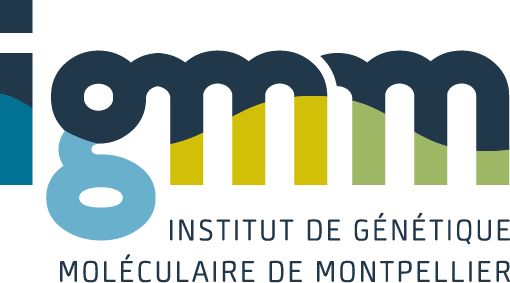Recently several groups reported a dramatic improvement of reporter gene transfection efficiency using a fusogenic peptide, derived from the Influenza hemagglutinin envelop protein. This peptide changes conformation at acidic pH and destabilizes the endosomal membranes thus resulting in an increased cytoplasmic gene delivery. We describe the use of a similar fusogenic peptide in order to improve the antiviral potency of antisense oligodeoxynucleotides (anti TAT) and oligophosphorothioates (S-dC28) on de novo HIV infected CEM-SS lymphocytes in serum-free medium. We observed as 5 to 10 fold improvement of the anti HIV activities of the phosphodiester antisense oligonucleotides after chemical coupling to the peptide in a one to one ratio by a disulfide or thioether bond. No toxicities were observed at the effective doses (0.1-1 microM). No sequence specificity was obtained and the fusogenic peptide possessed some antiviral activities on its own (IC50: 6 microM). A S-dC28-peptide disulfide linked conjugate and a streptavidin-peptide-biotinylated S-dC28 adduct showed similar activities as the free S-dC28 oligonucleotide (IC50: 0.1-1 nM). As expected, all the compounds were less potent in the presence of serum but the relative contribution of peptide coupling was maintained.
Improved biological activity of antisense oligonucleotides conjugated to a fusogenic peptide
Bongartz, J. P.; Aubertin, A. M.; Milhaud, P. G.; Lebleu, B.
1994
Nucleic Acids Res
1994-11-11 / vol 22 / pages 4681-8
Abstract
Tags
Cells, Cultured; Amino Acid Sequence; Molecular Sequence Data; Base Sequence; tat Gene Products, Human Immunodeficiency Virus; Cross-Linking Reagents; Oligonucleotides, Antisense/chemistry/*pharmacology; Culture Media, Serum-Free; Antiviral Agents/*pharmacology; Bacterial Proteins/chemistry; Cell Membrane/drug effects; Drug Carriers; Fibroblasts/virology; Gene Products, tat; Hemagglutinin Glycoproteins, Influenza Virus; Hemagglutinins, Viral/*chemistry; HIV-1/*drug effects/growth & development; Liposomes; Lymphocytes/virology; Oligodeoxyribonucleotides/chemistry; Peptides/chemical synthesis/*chemistry/pharmacology; Streptavidin; Thionucleotides/chemistry
